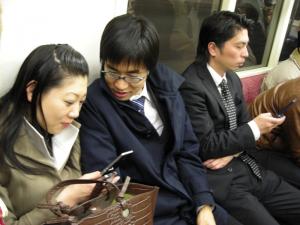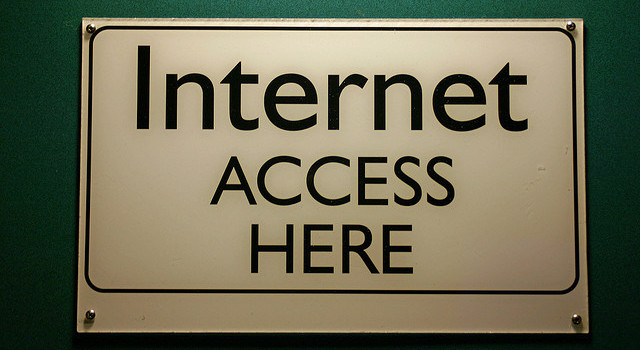16 July 2007 By Jac sm Kee There are different dimensions to access-related issues, and there are significant points of connection between them. Open access networks have been identified by APC as being made up of three layers – physical
Access & Gender






